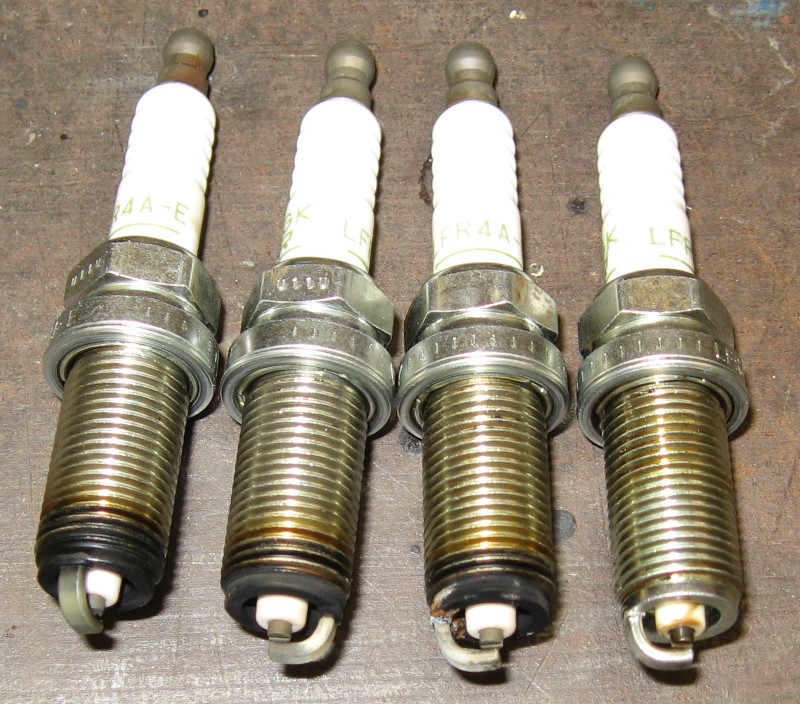With paint prep finished in the last article Block Party Blues we can take a moment to look at other problems.
So, I have a boat… You may be familiar with the real world definition of a boat – “A hole in the water surrounded by wood/fiberglas/aluminum that you pour money into”.
Outboard motors have changed through the years. They used to be simple two stroke engines that were easy to work on. As the T-shirt says, “them days is gone”… Modern outboards, like the 115 horsepower Mercury we have, are computer controlled four stroke electronic fuel injected engines as complex as anything you will find in a car. Clean, powerful, and reliable – until something goes wrong. At which point the marine mechanics start smiling and mummering Ka-ching! Ka-ching! to themselves.
When we had the boat out on vacation last year it was running very badly. So badly that we left it tied at the dock and spent most of out time driving around Northern New Hampshire instead of puttering around the lake. This worked out OK; we found some new places that we want to visit again.
After we got back home we dragged the boat over to the marina where they diagnosed the problem as cracked insulators on two spark plugs (out of four), which they replaced and declared the boat “good to go!”.
On the next trip to the lake the boat ran better, but still not good. Idle was rough and the motor didn’t have any power. It took forever to get up on plane and top speed was way down. Basically, the engine felt “flat”. Sigh, more work to do.
Running through a mental checklist of possible problems, the top candidates looked like bad fuel (the gas in the boat was 2-3 years old), deposits building up somewhere in the fuel system – most likely the fuel injectors, or problems with one or more spark plugs.
Taking the suspects in order:
- The fix for bad gas is to replace it with good gas. We ran the boat as much as we could while we were at the lake, going through 3/4 of a tank of gas. We then filled up with premium, on the theory that premium has more detergents than regular and will do a better job of cleaning the fuel system. Of course we did this at exactly the peak of the 2022 gas price spike – 19 gallons at over $6.00 per gallon. OUCH! That’s Imperial level pricing!
- Cleaners help with clogged fuel systems. Since this is a marine engine, order a bottle of Mercury Marine Quickleen Engine and Fuel System Cleaner and dump it in the gas tank.
- Since only two spark plugs had been replaced, order a set of four spark plugs and replace ’em all.
Replacing the spark plugs went normally for the first three. While removing the fourth I discovered the electrical connector to the coil pack was completely loose – not good as these are locking connectors. As soon as the plug was out I got very suspicious:

Three of these plugs look like you would expect – some black soot from combustion, but they look great. The fourth plug, on the other hand, shows no signs of combustion. No soot, no deposits, and what might be traces of dried gasoline on the insulator.
In fact, it looks like what you would expect from a new spark plug if the plug lead was never hooked up!
This was too simple… Since I had new plugs I went ahead and replaced it. And then made sure that the coil pack connector was firmly locked in place!
Back out on a local lake the boat idled smoothly and jumped up on plane. I couldn’t check top speed on this small lake, but the boat felt “right”. I’m going to declare victory!
Next: one last thing to get the Imperial ready for paint in Handle This!
